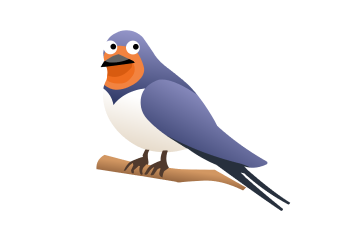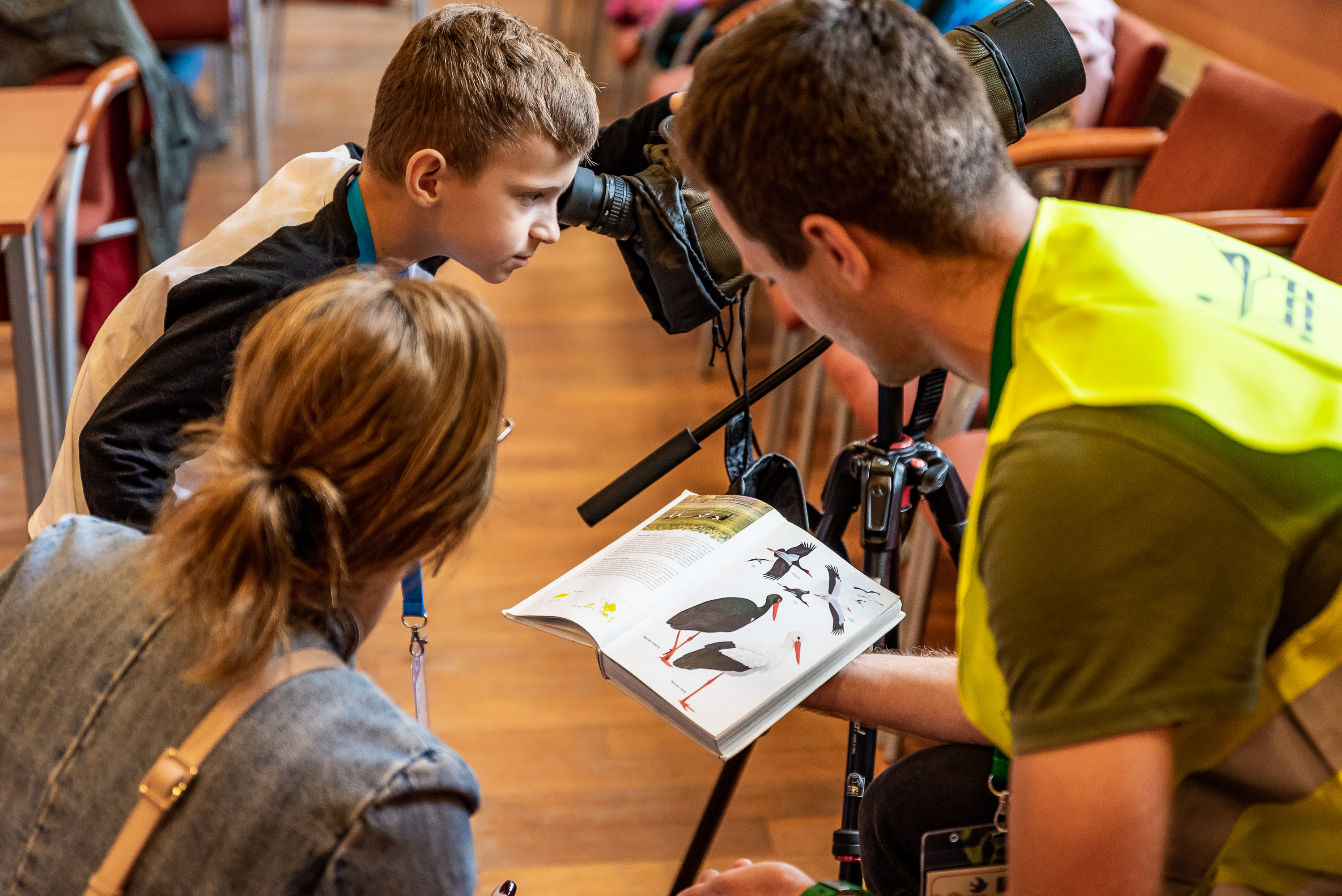
06 / 04 / 2023
Skolēnus aicina iesaistīties sabiedriskajā zinātnē ziņojot par gājputnu novērojumiem
Ziņo par saviem gājputnu novērojumiem!
You’ve heard how much fun birdwatching can be, and you’re raring to get out there and start right away. But before you rush out of the door, wait! There are some important things you should know first. These tips will help you have a great time, stay safe, and be kind to birds. Let’s get started…
Imagine going to school in your pyjamas, or playing tennis in a suit and tie. Pretty weird, right? Every activity has an appropriate type of clothing, and birdwatching is no exception. Try to wear dark, camouflaged colours so that birds don’t see you coming. And no matter what the weather’s like outside, make sure you bring clothes that will keep you warm, dry and protected from the sun – you may find yourself observing the birds in fascination for longer than you expected.
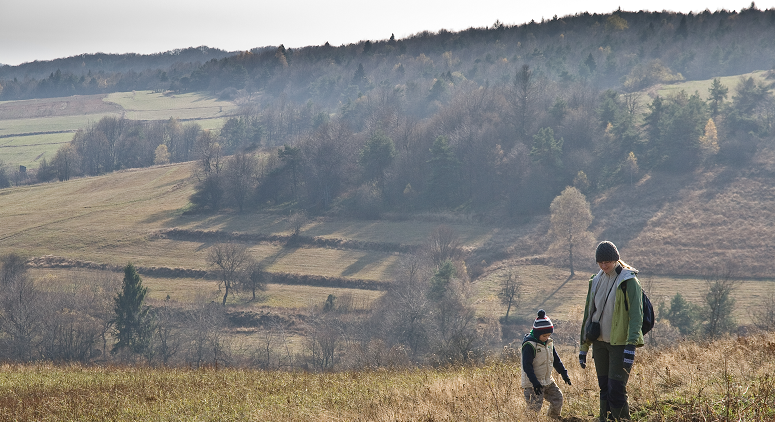
Being properly dressed means being kept warm too. © Tomasz Wilk
No good birdwatcher leaves the house without these key items in their bag: a pair of binoculars (any brand will do), a pen and paper to record their sightings, and a bird guide. Make sure to learn the words and expressions that bird guides use: it makes identification much easier. And don’t forget to bring drinks and snacks – birdwatching is thirsty work. You may also want to take a camera, but remember to turn off the flash (see the next point…)
More on choosing bird watching equipment
Imagine you’re a Common Cuckoo that has just migrated 8,000 kilometres from the UK to Angola. You land on a branch, desperate to find some insects to eat and get some rest. Suddenly, a loud group of humans rushes towards you. Oh no! Predators! You spread your weary wings and take to the skies once again. Dinner will have to wait…
No matter how much fun you’re having when you’re out birdwatching, always remember that the safety and welfare of the birds comes first. Scaring birds stresses them out and stops them from feeding, breeding and resting. Instead, walk slowly and softly, speak quietly, put your phone on silent and, above all, don’t get too close – that’s what your binoculars are for! All you need to do is find a good place to sit, be patient, and let the birds come to you. Birds are always a lot more fun to watch whey they’re not flying away in fright!
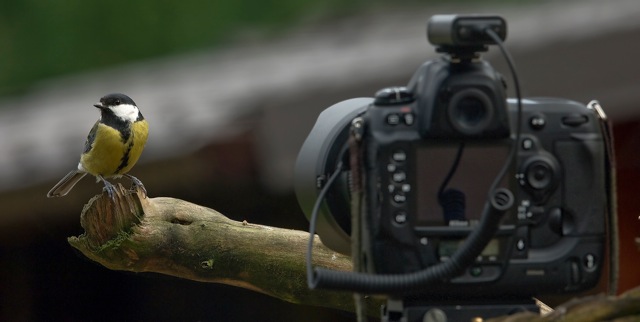
Be patient, quiet and let the birds come to you. © Cezary Korkosz
Any parent will tell you that looking after babies is hard work. When it comes to bird breeding grounds, it’s especially important to keep your distance. Disturbing a nest can cause the parents to fly away, leaving chicks hungry with nobody to feed them, or exposing the eggs or chicks to predators. If you hang around a nest for too long, the parents may become so wary that they abandon it altogether. The best thing you can do if you come across a nest is to quietly walk away.
Bird hides and observation towers are the ultimate “life hack”, allowing you to get a great view of birds without making your presence known. They’re also the perfect place to shelter from the sun or huddle with a flask of hot chocolate on wet and windy days. You’ll be surprised at how many bird hides are out there – have a quick search online to see if there’s one near you.
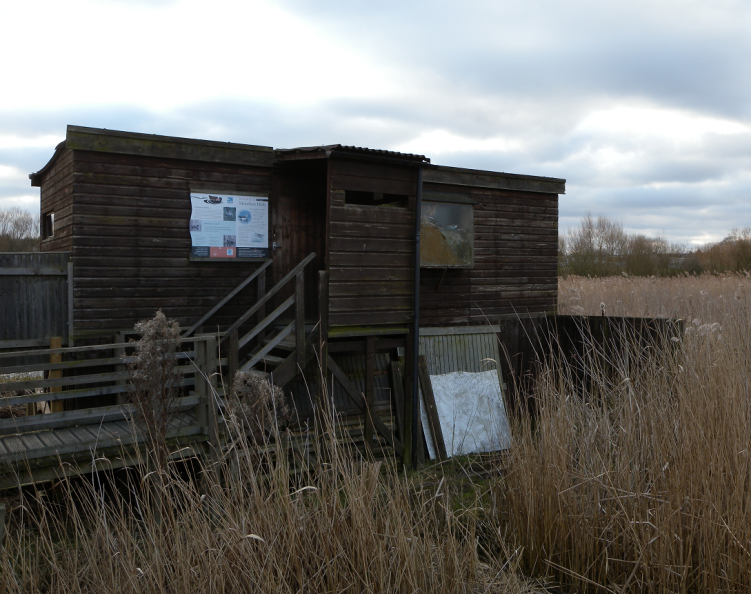
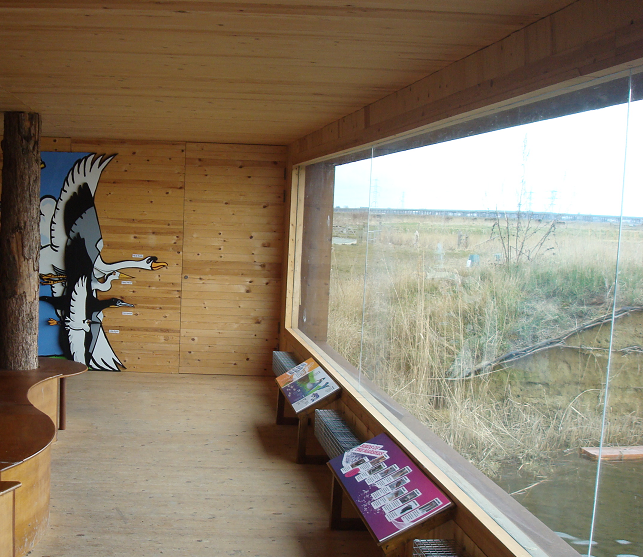
Not only provide hides peace for birds but also shelter for birdwatchers. © Jarosław Wrosz
Whether you’re going round to your friend’s house for dinner or going out birdwatching, it’s always important to be a good guest. Remember to be considerate to the people who own the land that you’re visiting. Close all gates behind you, stick to the path and never trespass on private land – you don’t want to give birdwatchers a bad reputation!
Go by the motto: “take nothing and leave nothing behind”. Never drop litter or trample over vegetation – you may be damaging the homes of the birds you’re trying to watch.
Think cities don’t have birds? Think again! Birds are everywhere once you start looking. Think outside the box when searching for birdwatching spots: parks, churchyards, market squares, canals and even rooftops all hold surprises. If you put a bird feeder in your garden or balcony, you can even watch your feathered friends from the comfort of your own home.
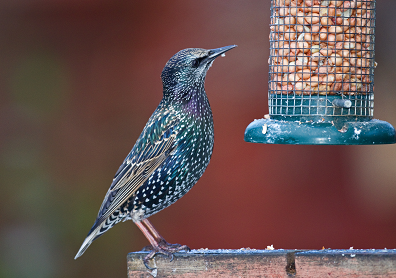
Your birdfeeder can provide plenty of opportunities for enjoying birdwatching. © Shay Connolly
Even seasoned birdwatchers have bad days. If you set out brimming with excitement, only to find that all the birds in the area have decided to spend the day somewhere else, don’t get disheartened. Instead, unleash your inner detective and look out for clues that birds have left behind: footprints, feathers, even food leftovers. Where might a bird live if it has a webbed footprint? Why are broken snail shells scattered across a flat rock?
Alternatively, try listening rather than looking. Can you hear any birdsong? If so, what does it sound like – fast, slow, high, low? Can you guess which bird it belongs to? There are lots of great birdsong identification apps to help you, and soon, you’ll be able to do it all by yourself.
Check out what to be conscious about once you keen on watching birds
When you’re out and about with your binoculars and bird book, passers-by might be interested in what you’re doing. Be a pioneer for birdwatching: take the time to explain and share with them your most interesting sightings. You might inspire them to follow your lead and become birdwatchers too! Be friendly to your fellow birdwatchers as well – they may have some interesting tips and knowledge. The more friends you make, the richer and more vibrant the birdwatching community will become, helping you to spread the love and respect for nature far and wide.
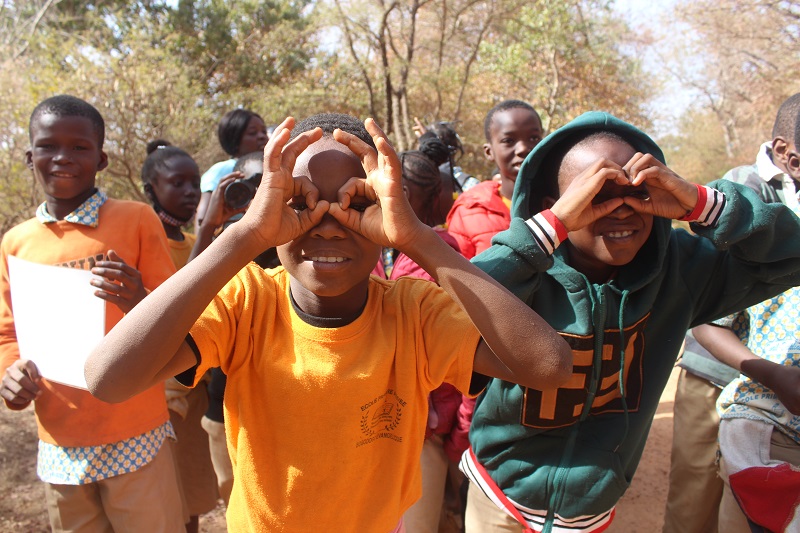
Good birdwatching brings sheer joy © Seydou Nacro
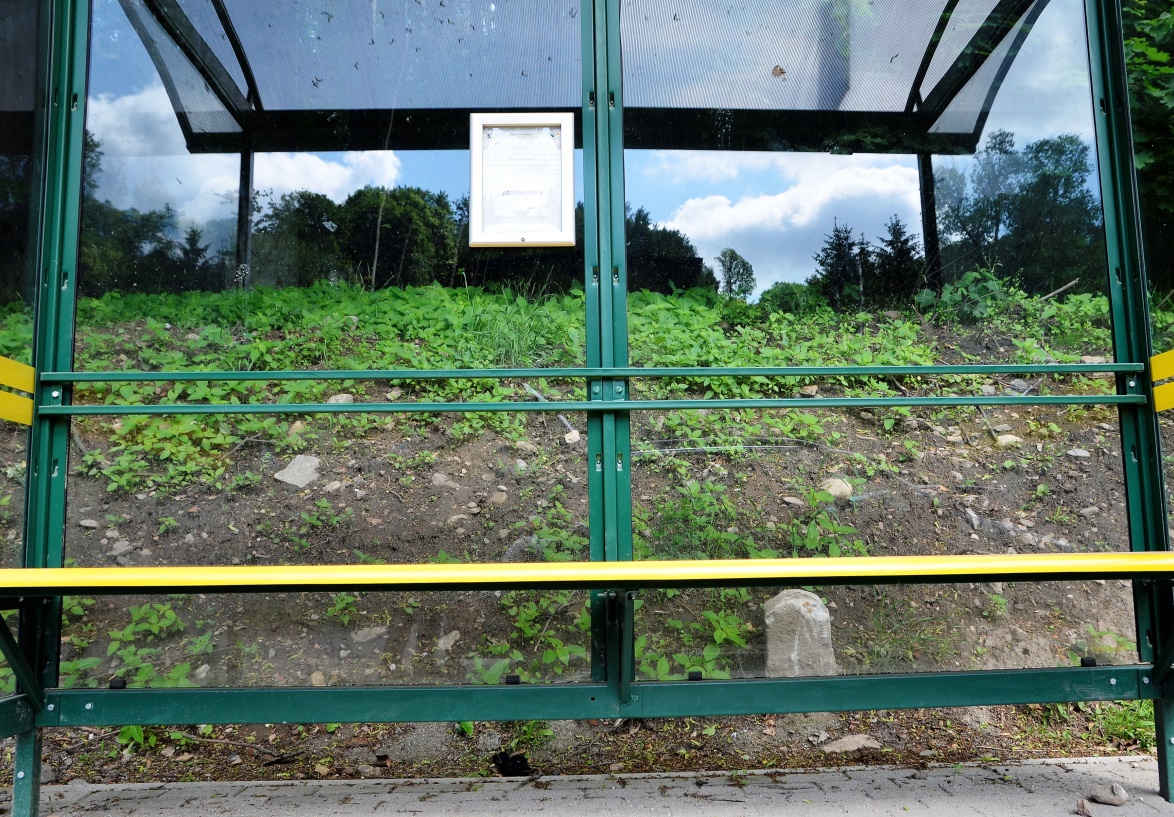
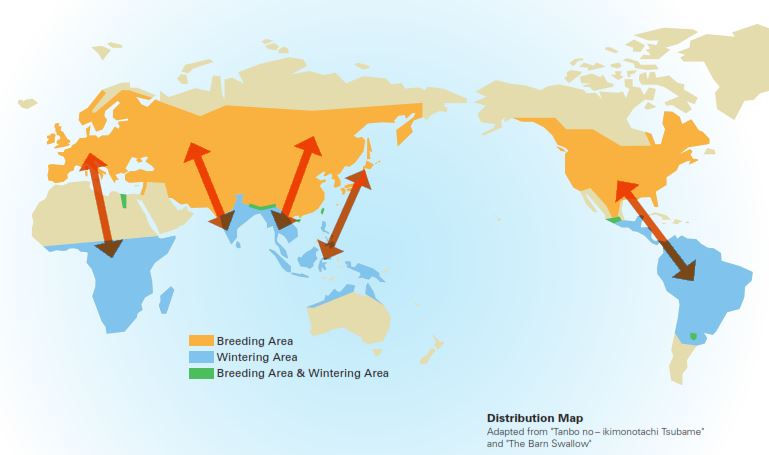
Barn Swallows are one of the most popular and familiar birds in the world. Let's meet them! :)
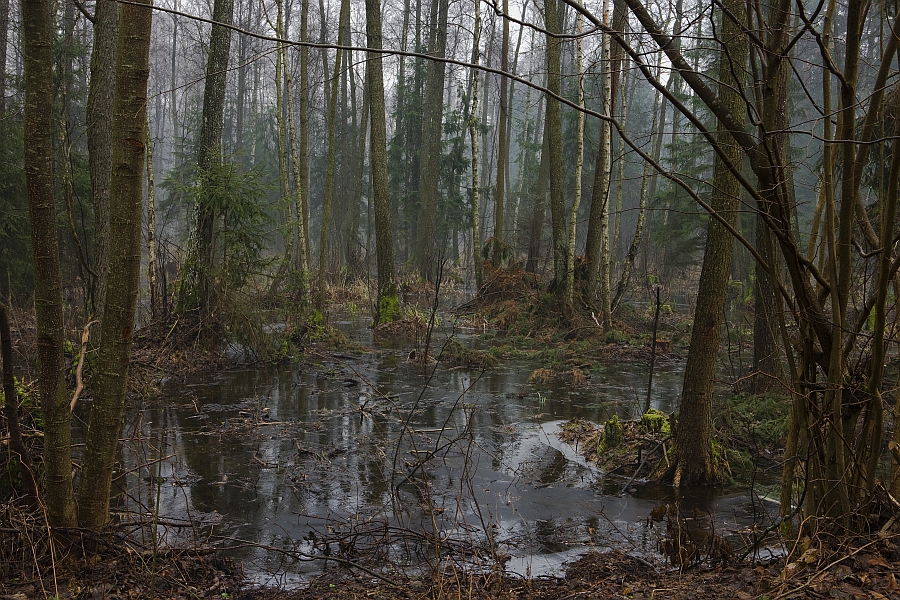
We see a baby bird on the ground and we think it is alone, helpless, small, cold, clumsy and fluffy… it is hard to resist the urge to rescue. But often people intervene when in fact most chicks are "fledglings" that should be left alone.
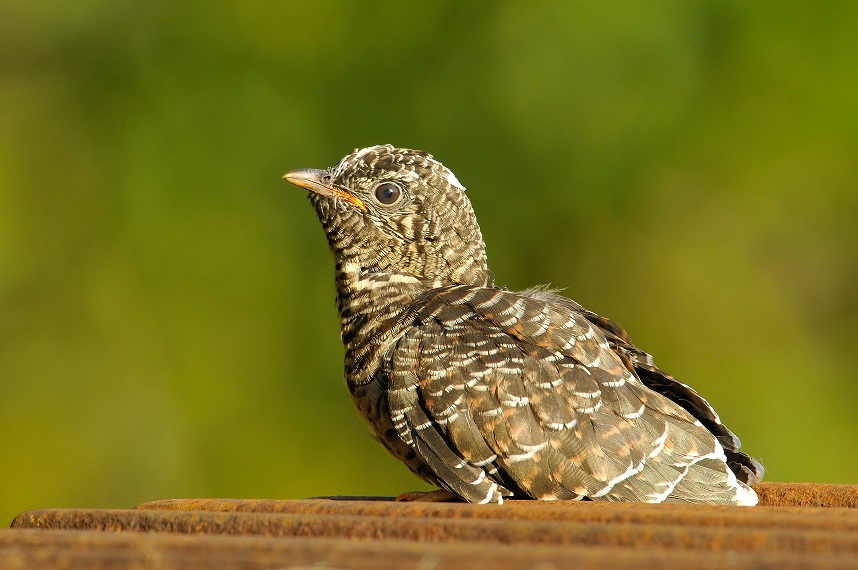
For example, children today are less likely to have heard the call of the Common Cuckoo than their parents, and much less likely than their grandparents.
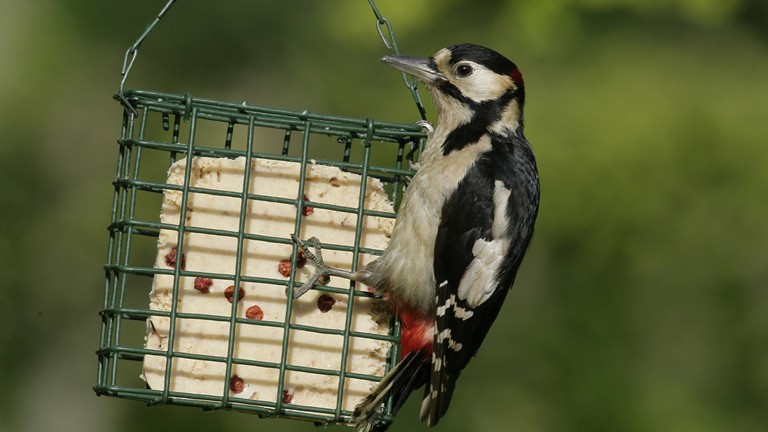
By putting out the right food at the right time of year, you can help your local birds get through times when natural food is short, and be fit and ready to breed in the spring.
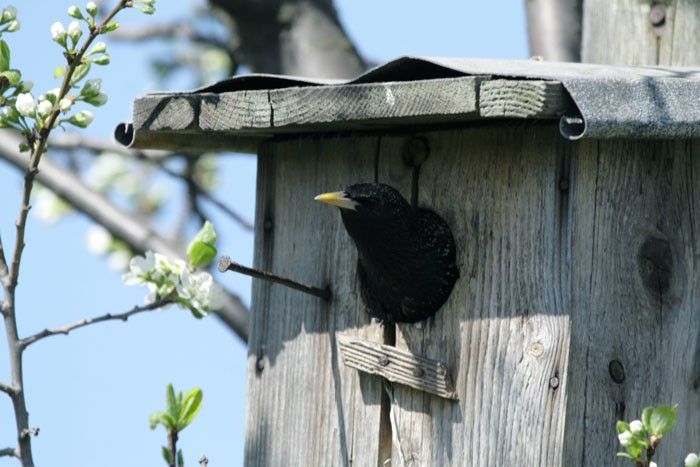
Make Spring come Alive in your garden or balcony each year!

Are you worried about the damage being done to a local wildlife spot, but don't know what to do about it? Maybe you have a favourite place to enjoy nature and want to make sure it's protected?
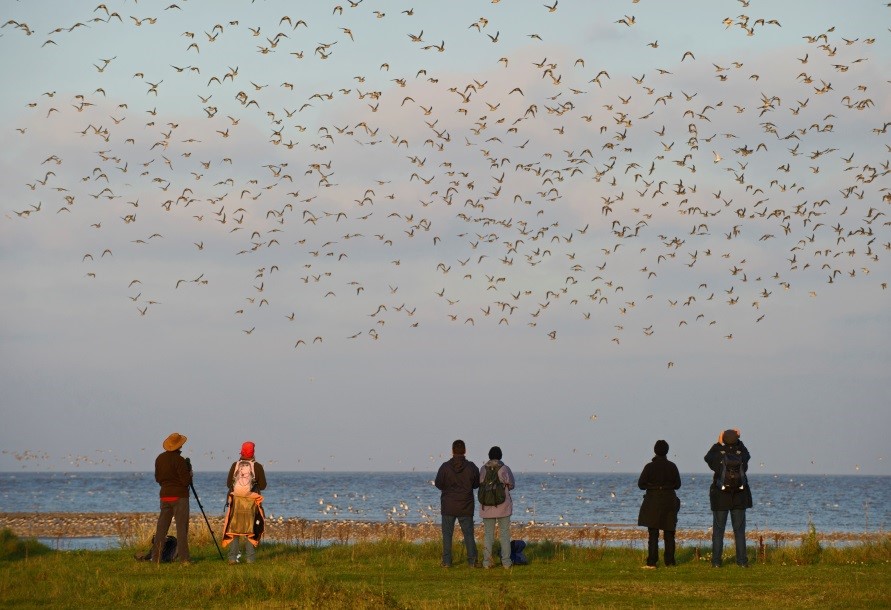
Put simply, citizen science is scientific research conducted by people who are not professional scientists. Some of the biggest discoveries in the world have been made by people without official scientific qualifications or funding.

When storks are gathering materials for their nests, they may bring back various man-made objects, without realizing that they may be dangerous.
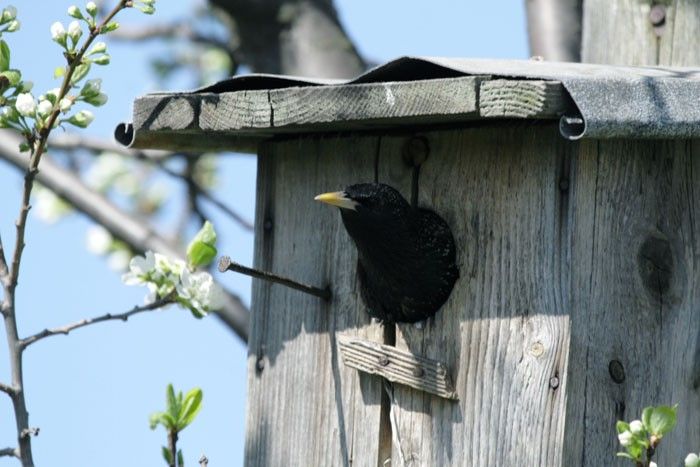
Many birds nest in holes. But modern forestry methods, and safety concerns in towns, mean that there are fewer old trees with hollows where birds can make their nests.
